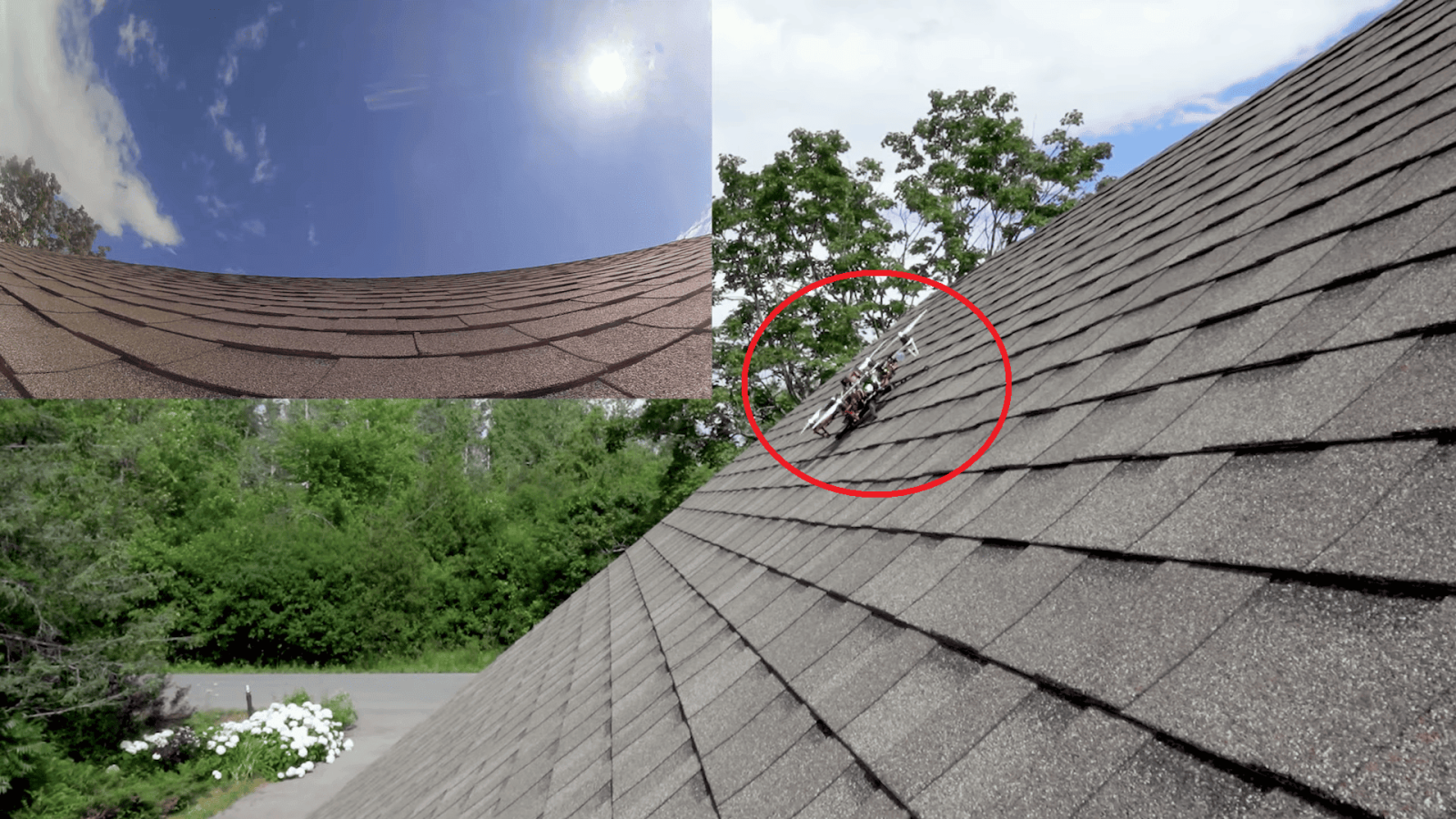
No matter how advanced its landing system is, most consumer drones today require a flat landing site to touch down safely. Small drones, in particular, are not capable of landing in complex situations, such as on steep roofs, in wind gusts, or at high-impact velocities. But now, researchers have taught a DJI F450 drone to land in some of the most difficult scenarios.
The Createk Design Lab at the Université de Sherbrooke in Canada has developed a new landing technology that enables drones to land in situations that are far from ideal.
Combing the concept of reverse thrust and adaptive friction shock absorbers, the team has designed a landing gear prototype that has since been attached to a DJI F450 drone and tested in real-world conditions.
New: Lawsuit challenging outdated NYC drone laws set to move forward
In a paper published in IEEE Xplore, researchers explain that when lightweight friction shock absorbers are combined with rapid thrust reversal, it increases the landing envelope of a quadrotor. “The friction shock absorbers serve to dissipate the drone’s kinetic energy and the reverse thrust increases the maximum slope inclination at which it can land,” the paper’s authors say.
By how much, you ask? Outdoor testing has shown that the new landing system can enable drones to land safely on surfaces of up to 60 degrees and at vertical speeds of up to 2.75 m/s. Impressive, right? See it in action below.
Watch a DJI drone land on a steep roof
The research team hopes to see their technology implemented on small drones in urban environments. This, they believe, would increase the scope for drone use. Some use cases could include surveillance from rooftops, easy drone recharge from systems installed on roofs, and safer landings in case of emergencies when precise control and optimization of landing speed may not be possible.
Read more: DJI unveils Avata: 10 things to know about the ultimate FPV drone for beginners
FTC: We use income earning auto affiliate links. More.





Comments